Common TV Connection Cables
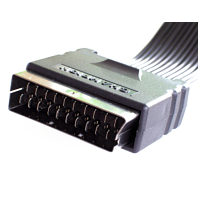
Scart Lead
The scart lead pictured on the left is a common cable used in Europe, it features 21 pins and carrys a range of anlogue video signals and stereo audio. The scart lead supports composite video, s-video and RGB video and is also compatible with component video. The cable also supports automatic signal switching.
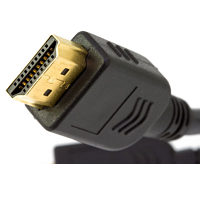 HDMI Cable
HDMI Cable
The HDMI cable is a 19 pin cable with an HDMI male plug each end, the HDMI cables is used to transfer a High Definition TV (HDTV) picture from an HD device such as a blu ray DVD or Sky HD, or Freesat box.
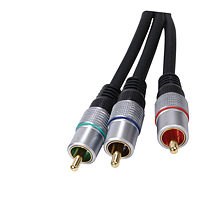 Component Video Cable
Component Video Cable
A component video cable has 3 phono (RCA) plugs each end, the plugs are colour coded Red, Green and Blue, a component video connection gives a better picture than scart as the signal can be progressively scanned. Component video cables do not carry the audio, a seprate audio cable is required. Connectors are often marked YUV or YPbPr.
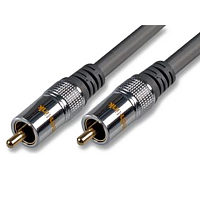 Composite Video Cable
Composite Video Cable
A composite video cable has a single phono (RCA) plug each end, the plugs are colour coded yellow, this connection provides the lowest quality analogue video connection and should only be used if scart, component or s-video cannot be used. A separate cable must be used for audio.
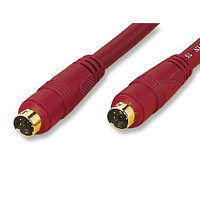 S-Video Cable
S-Video Cable
The s-video cable has a 4 pin mini-din connector each end and transfers the video signal as two components, Y (luminance) and C (chrominance), it gives a better picture than composite video but is not as good as RGB via scart or component video. S-Video cables only transfer the picture and give a quality not far behind RGB scart.
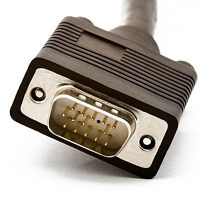 VGA Cable
VGA Cable
Not strictly a TV connection cable but found on many TVs to connect laptops or PCs is the VGA cable or HD15 cable. The cable is more commonly found on PCs and laptops for connecting to monitors, the signal transfered is normally RGBHV, RGB with Horizontal & Vertical sync. The HD15 VGA connector is a D shaped connector with 15 pins, 3 rows of 5.